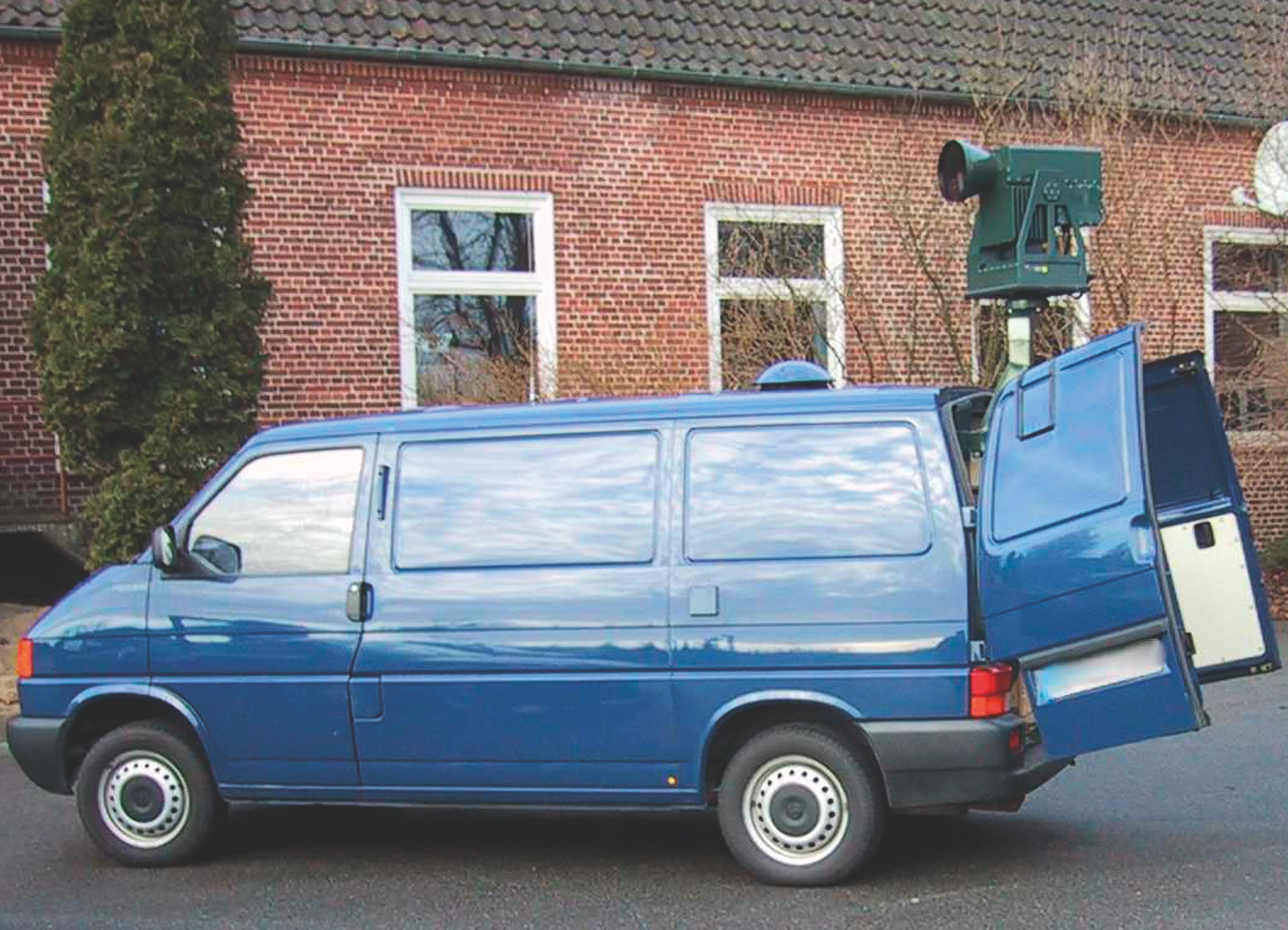The Danish border guards initially patrolled the border on foot in a light blue uniform. The German border guards and auxiliary customs inspectors, on the other hand, in their field-grey uniforms from the First World War, met with little goodwill from the population at the beginning.
During the Second World War, the border was closed by the German Wehrmacht, then by the British occupation forces until 1947. Some border crossings did not reopen until years later, some not at all. In 1955, border surveillance became more mobile. Motorbike patrols were introduced first, followed by car patrols four years later. From 1969, the hinterland was also systematically monitored. A real revolution was the introduction of camera surveillance of the border. While the German Federal Border Police searched the "green border" at night with thermal imaging cameras at certain points, the Danish police installed motion detectors and infrared cameras at the small border crossings. At present, since the opening of the border on 25 March 2001, (almost) only the hinterland has been monitored at all.



